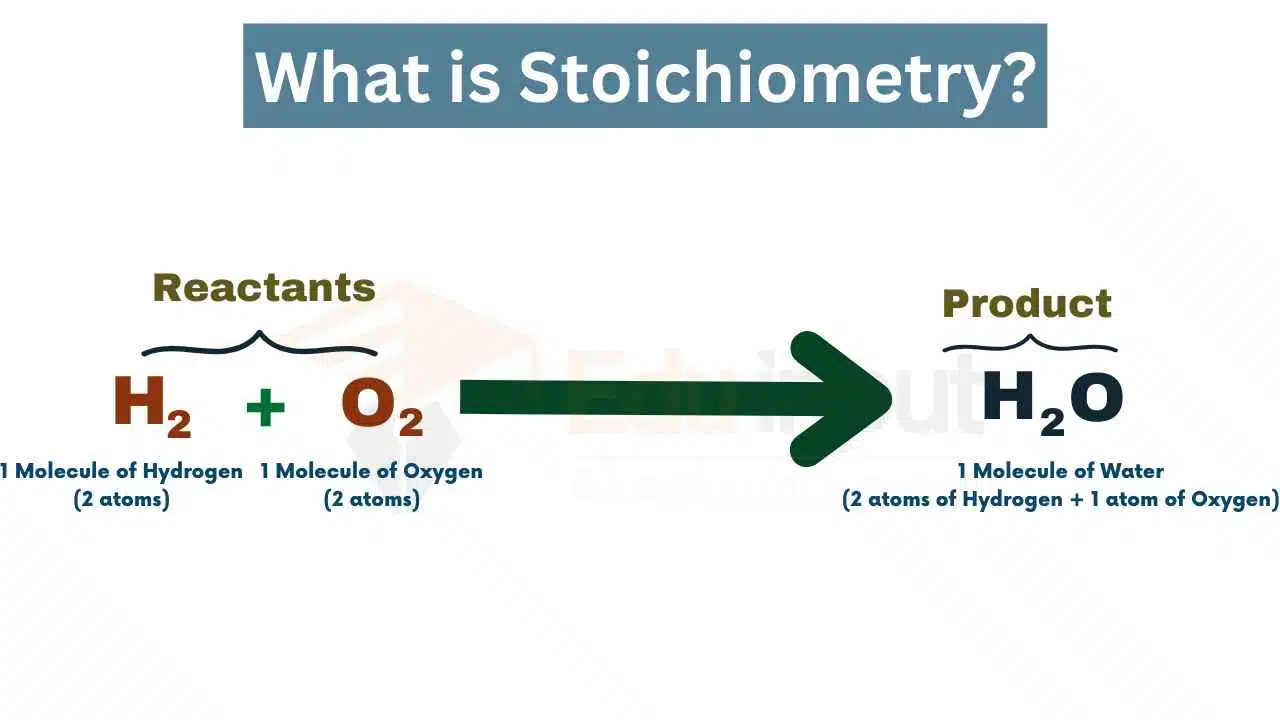How is Chemistry Associated with Weathering?
Weather is the name of the phenomena of change in the climate of a specific region, whether it is short or long-term. When it comes to the climate, the changing of seasons happens in almost every region, but it is important to understand weathering that is related to the change in the climate.
There are two forms of weathering which are short-term and long-term, the first one is weathering due to sunlight, wind, and rain while the second one is caused by chemical processes. The chemical reactions that occur in the soil are known as weathering, but there are other factors like temperature, humidity, air pressure, sunlight and rainfall also play an important role.
The following points will explain how chemistry is related to weathering:
Chemistry and Sunlight
Sunlight is the main source of the earth’s energy, so any form of solar radiation has an effect on the atmosphere of the planet.
Sunlight is made up of UV, Visible, Infrared, Microwave, and Ultraviolet radiation. It also contains Ultra Violet rays which are dangerous and harmful to the human body. If the amount of sunlight increases in the environment, then the temperature will increase.
UV rays cause photodamage to the skin and when the sun is strong, it can cause burns. The UV radiation that is produced by the sun is called UVB rays and it causes cancer, skin diseases, premature aging, and genetic damage.
The intensity of UVB rays depends on the distance from the sun. They become less intense and harmless as the distance increases.
Photodamage is also caused by UVB rays. People with fair skin and who live in hot and sunny regions are more prone to get burnt.
The Ultraviolet radiation in sunlight is harmful to the skin and causes photodamage, but it is necessary for photosynthesis. Plants use it to synthesize carbohydrates and proteins.
When it comes to UVB, it has both beneficial and negative effects, but it is the harmful effects that we need to prevent.
Chemistry and Rainfall
Rainfall is another factor that can influence the weather of a region. When the rain falls, it can cause erosion and make the soil wet.
When the soil is wet, it absorbs water from the air and makes it wet. As per the experts, wet soil has lower porosity and lower capacity for holding water.
Chemistry and Temperature
Temperature is one of the factors that influence the weather of a region. The change in temperature can cause the freezing and melting of water.
As per the experts, in the past, the temperature of the atmosphere was much higher than now. This is one of the reasons why it had a high content of oxygen.
Today, there is not much oxygen in the air and the oxygen level in the atmosphere is very low, which is harmful to plant life.
Oxygen is the primary nutrient that helps plant growth. Plants require oxygen to produce energy.
In short chemistry is the major factor when it comes to talk about weathering.







Leave a Reply